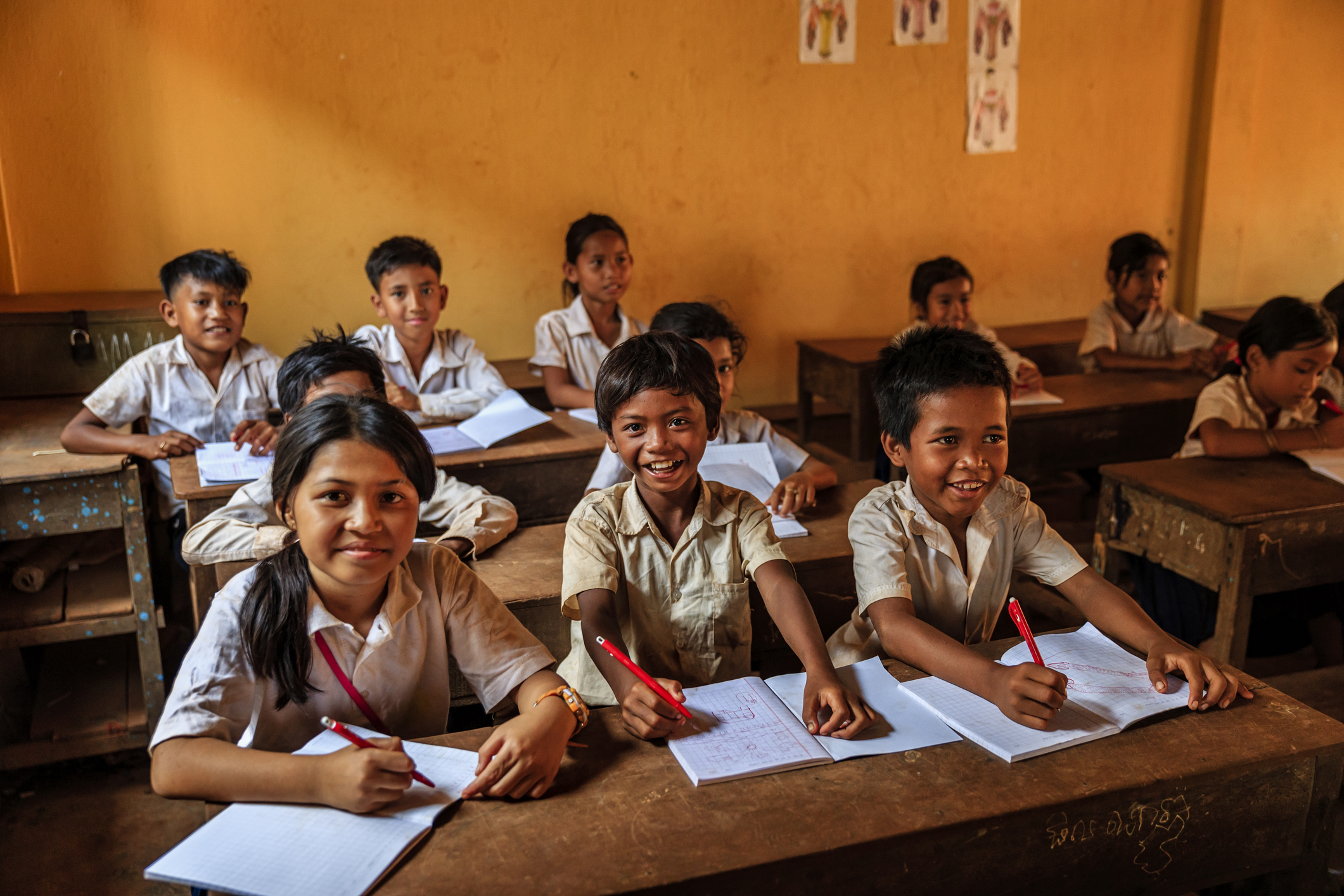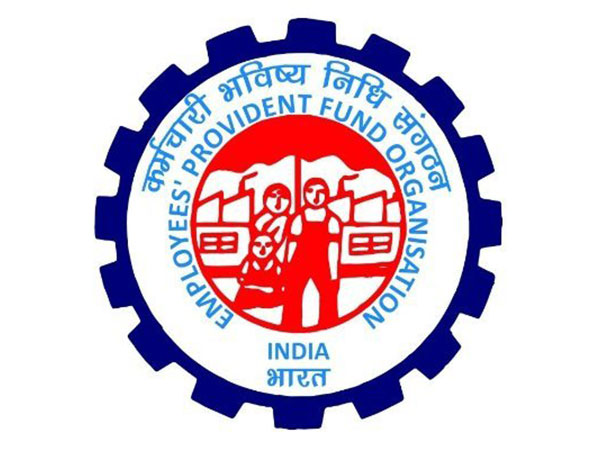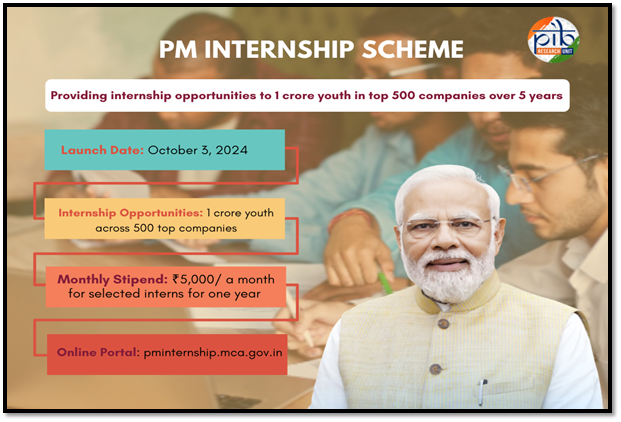Union Minister for Finance and Corporate Affairs Nirmala Sitharaman presented the Economic Survey 2024-25 in Parliament. The Survey states that education and human capital development are central to national progress, with the National Education Policy 2020 (NEP) based on this principle.
India’s school education system serves 24.8 crore students across 14.72 lakh schools with 98 lakh teachers, according to UDISE+ 2023-24. Government schools make up 69 percent of the total, enrolling 50 percent of students and employing 51 percent of teachers. Private schools account for 22.5 percent, enrolling 32.6 percent of students and employing 38 percent of teachers.
NEP 2020 sets a target of 100 percent Gross Enrolment Ratio (GER) by 2030. GER is nearly universal at the primary level at 93 percent, with ongoing efforts to address gaps at the secondary level at 77.4 percent and higher secondary level at 56.2 percent. School dropout rates have declined, recorded at 1.9 percent for primary, 5.2 percent for upper primary, and 14.1 percent for secondary levels.
School infrastructure has seen improvements, including better sanitation and increased access to information and communication technologies. The percentage of schools with computers rose from 38.5 percent in 2019-20 to 57.2 percent in 2023-24, while internet availability increased from 22.3 percent to 53.9 percent in the same period.
The government is implementing NEP 2020 through various programs and schemes, including Samagra Shiksha Abhiyan and its sub-schemes such as NISHTHA, Vidya Pravesh, District Institutes of Education and Training (DIETs), Kasturba Gandhi Balika Vidyalaya (KGBV), as well as initiatives like DIKSHA, STARS, PARAKH, PM SHRI, ULLAS, and PM POSHAN.
To strengthen Early Childhood Care and Education (ECCE), the government launched the National Curriculum for ECCE, Aadharshila, and the National Framework for Early Childhood Stimulation, Navchetana, in April 2024. Navchetana supports children from birth to three years through a 36-month stimulation calendar, while Aadharshila provides play-based learning activities for children aged three to six years.
NEP 2020 prioritizes Foundational Literacy and Numeracy (FLN) as essential for learning success. The Department of School Education & Literacy introduced the National Initiative for Proficiency in Reading with Understanding and Numeracy (NIPUN Bharat) to ensure all children attain FLN by Grade 3 by 2026-27. Peer teaching is one of the approaches used to achieve this goal.
ECCE under NEP 2020 focuses on foundational literacy and socio-emotional development. The Survey discusses Social-Emotional Learning (SEL) as a means of incorporating ethical and emotional development into the school curriculum.
Skill education has gained relevance with the rise of Industry 4.0, which emphasizes automation, artificial intelligence, the Internet of Things, big data, and robotics. Digital literacy is also being integrated into education to help students develop analytical and communication skills. To support teachers, the government launched TeacherApp, a digital platform for professional development. Technology integration in education focuses on AI for teacher development and student tutoring, industry-relevant skills and certifications, and personalized learning software.
Investments in skills, research, innovation ecosystems, government-academic partnerships, and faculty development are identified as essential for improving education services and learning outcomes.
Samagra Shiksha has allocated funds for Children with Special Needs (CwSN), providing aids, assistive devices, Braille materials, and therapeutic support. Infrastructure improvements include ramps in 11.35 lakh schools, handrails in 7.7 lakh schools, and accessible toilets in 5.1 lakh schools.
India’s higher education system ranks among the largest globally, with 4.33 crore students enrolled in 2021-22, an increase from 3.42 crore in 2014-15. GER for the 18–23 age group rose from 23.7 percent to 28.4 percent during this period. The government aims to increase GER to 50 percent by 2035, requiring expansion of the educational network and infrastructure.
Higher education institutions increased from 51,534 in 2014-15 to 58,643 in 2022-23, reflecting changes in the higher education sector.




















